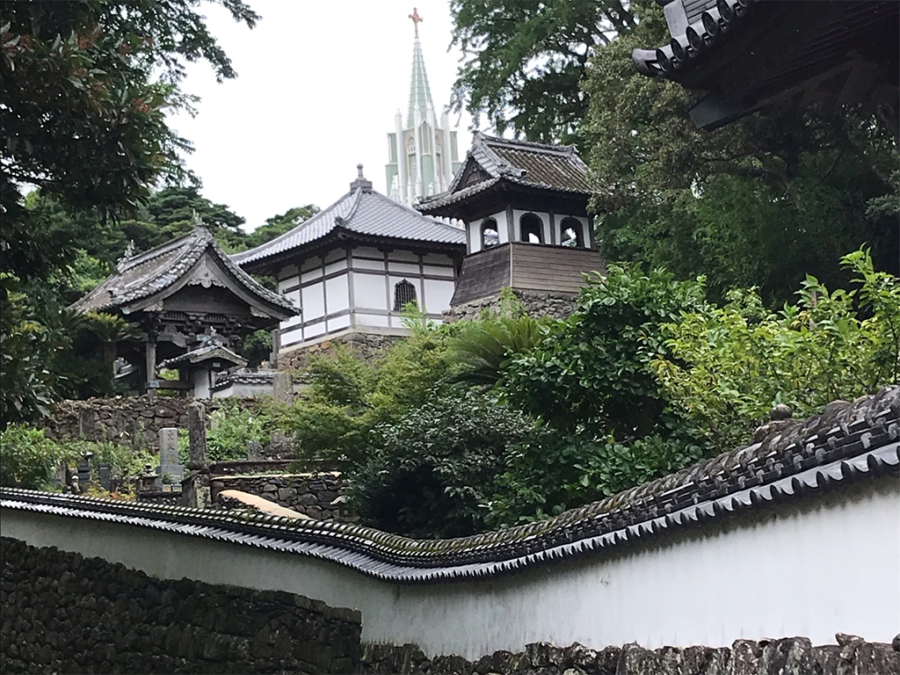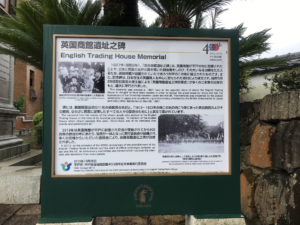British Ambassador to Japan
17th August 2020 Tokyo, Japan
William Adams: the first Briton in Japan 
If you have ever seen the 1980s TV mini-series “Shogun” you will be familiar with the story of William Adams, the “first Englishman in Japan”. It’s a fascinating tale. Shipwrecked in Japan in 1600, ship’s pilot Adams quickly won the confidence of the warlord Shogun, Tokugawa Ieyasu, advising him on many aspects of international affairs, shipbuilding and navigation.
He was to stay in Japan for the next twenty years, serving the Shogun, the British East India Company and trading around the region in his own right. He was given a Japanese name Miura Anjin, the rank of samurai, and married the daughter of a Japanese official. He never returned to his first wife in Britain, but was eventually able to send her money.
 This year is the 400th anniversary of Adams’ death. To mark the occasion we have been planning to erect a sculpture in the gardens of the Embassy in Tokyo. Thanks to COVID the inauguration has been postponed. So too was a trip by the William Adams Club to the island of Hirado in Kyushu, one of several Japanese towns associated with Adams, and where he died.
This year is the 400th anniversary of Adams’ death. To mark the occasion we have been planning to erect a sculpture in the gardens of the Embassy in Tokyo. Thanks to COVID the inauguration has been postponed. So too was a trip by the William Adams Club to the island of Hirado in Kyushu, one of several Japanese towns associated with Adams, and where he died.
So I decided to take advantage of my visit to Nagasaki, to attend the annual atomic bomb memorial service this week, to make a brief detour to visit Hirado. My trip was arranged by the current Lord Matsura, 41st head of his clan, whose ancestors had welcomed Adams four centuries ago. I met Mayor Kuroda, who talked warmly of his own visit to Gillingham in Kent, from where Adams originated, then I toured a number of sites associated with Adams, including his historic grave. Earlier this year, Professor Richard Irving confirmed that the remains of a foreigner in this grave, was indeed Adams.
 Adams had been instrumental in helping John Saris conclude the first trade agreement between King James I and the Shogun in 1613. I have a facsimile of that treaty hanging in my Residence in Tokyo: the original is in Oxford’s Bodleian Library. It led to the establishment of an “English Factory” or trading house in Hirado. Nothing of that remains today, though you can visit a reconstruction of a similar Dutch trading post. Once again, our two countries are in the middle of negotiating a trade deal. Just last week, Japanese Foreign Minister Toshimitsu Motegi was in London for talks with Trade Secretary Liz Truss, aimed at finalising a new Economic Partnership Agreement. They made good progress in reaching agreement on most of the details, with a few significant points still to be finalised.
Adams had been instrumental in helping John Saris conclude the first trade agreement between King James I and the Shogun in 1613. I have a facsimile of that treaty hanging in my Residence in Tokyo: the original is in Oxford’s Bodleian Library. It led to the establishment of an “English Factory” or trading house in Hirado. Nothing of that remains today, though you can visit a reconstruction of a similar Dutch trading post. Once again, our two countries are in the middle of negotiating a trade deal. Just last week, Japanese Foreign Minister Toshimitsu Motegi was in London for talks with Trade Secretary Liz Truss, aimed at finalising a new Economic Partnership Agreement. They made good progress in reaching agreement on most of the details, with a few significant points still to be finalised.
Hirado was not just an entry point to Japan for the British and Dutch. Missionaries from Spain and Portugal, including St Francis Xavier, were also active there in the same era. But before long, the Shogun became worried about the extent of foreign influence. He persecuted Christian converts and banned all foreigners from Japan, apart from a small Dutch enclave in Nagasaki. The sakoku, or closed country period was to last for the next 214 years. But throughout this time, Japanese “hidden Christians”, continued to practice their faith in secret, sometimes using devices like camouflaging statues of the Virgin Mary as Buddhist icons. Whilst in Hirado, we were able to visit a number of sites associated with this community, which were collectively designated a Unesco World Heritage Site in 2018.














